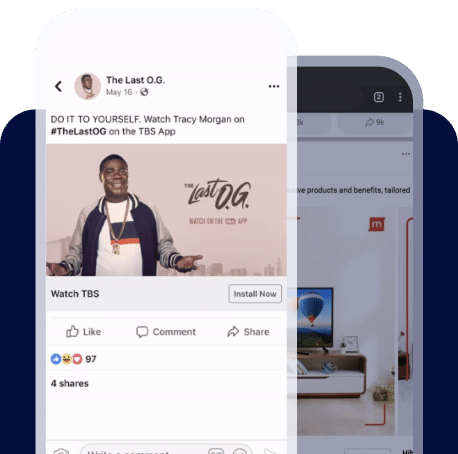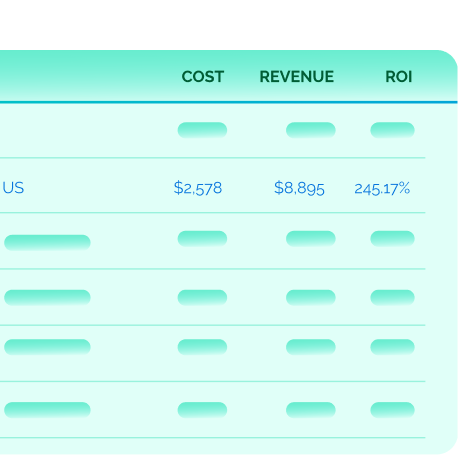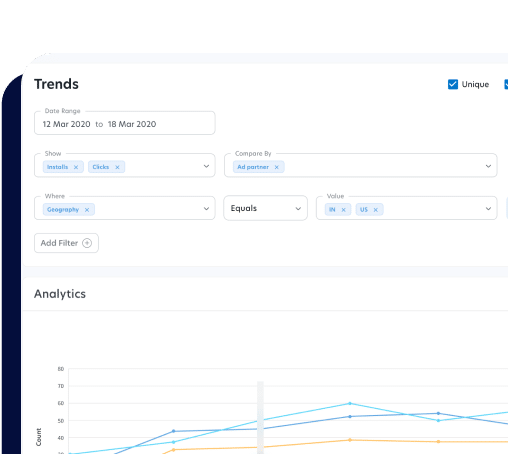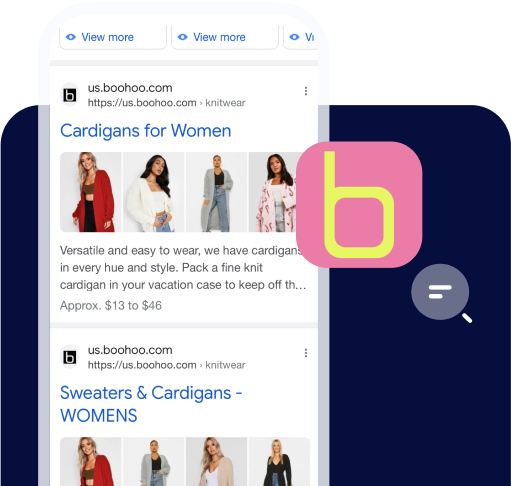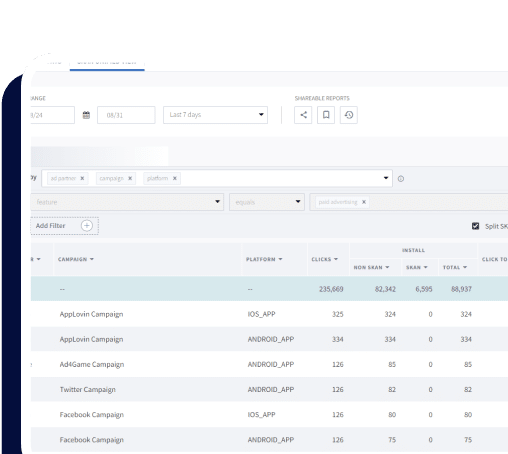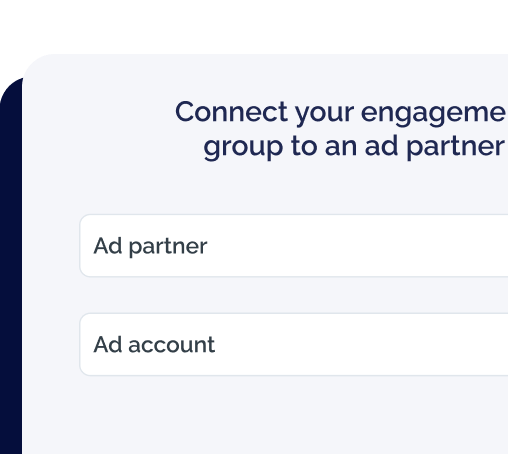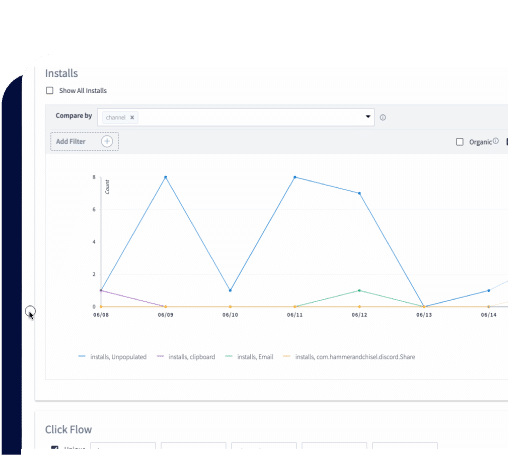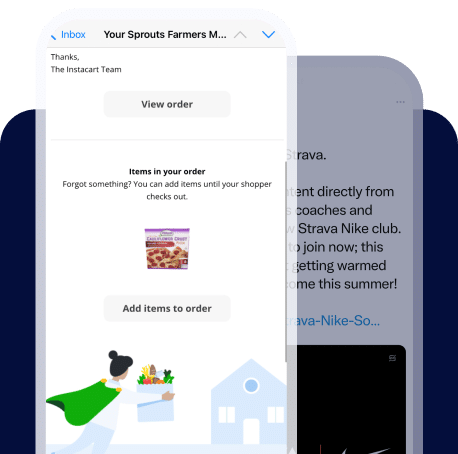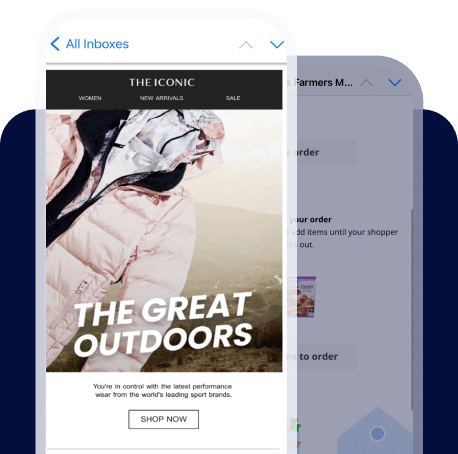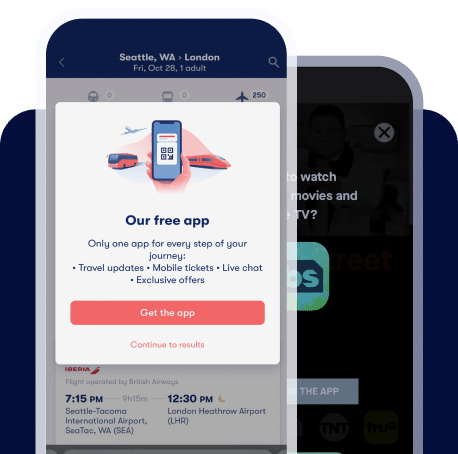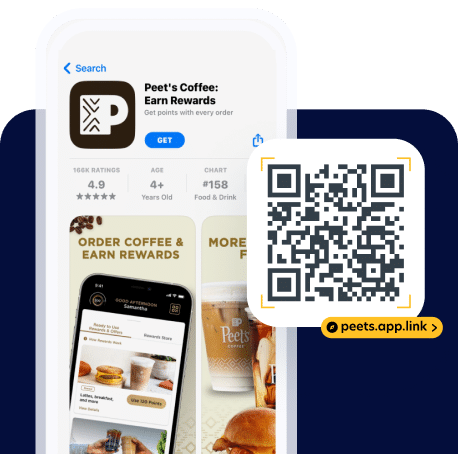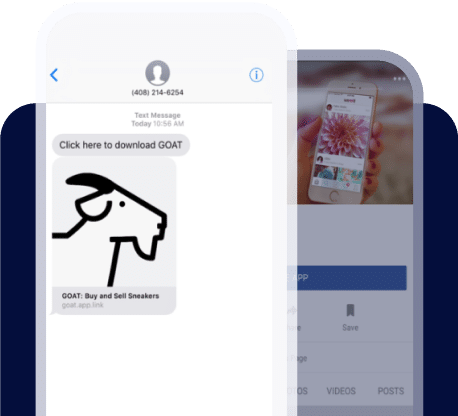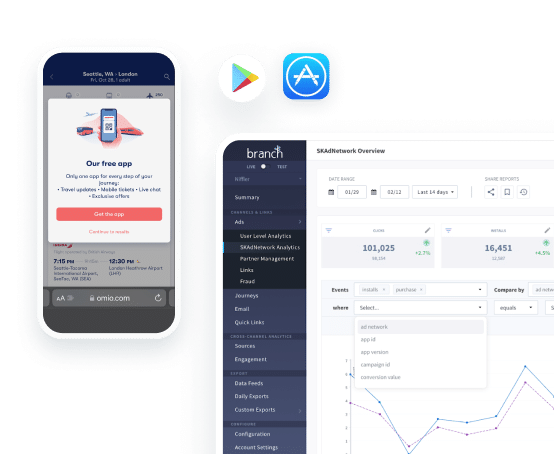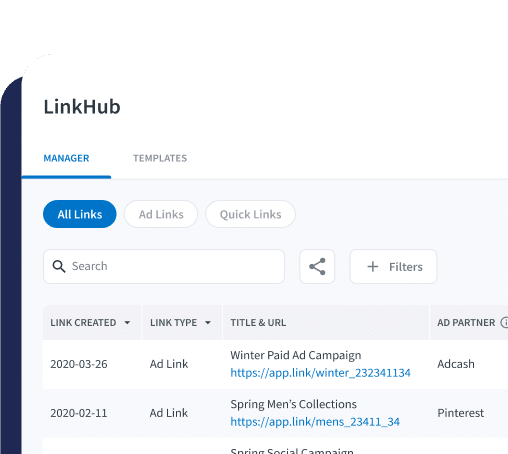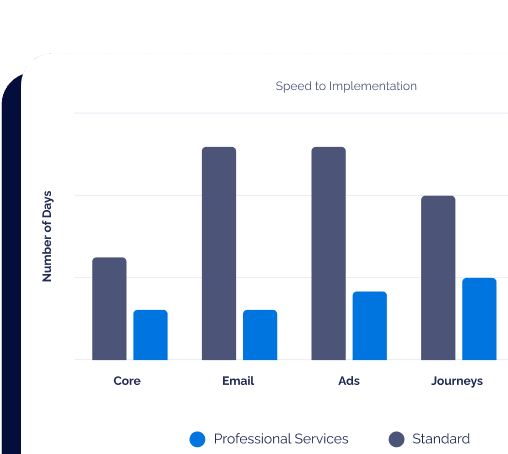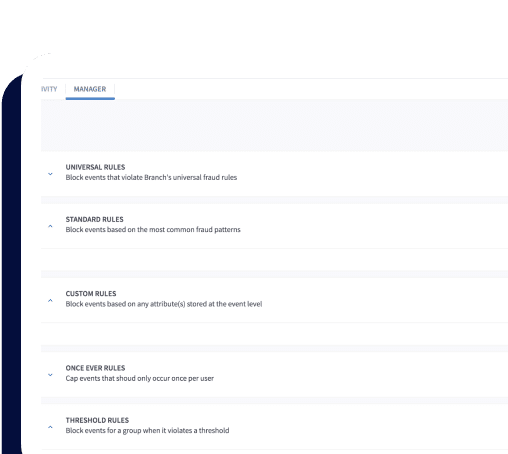Streaming video over the internet is now the norm. The number of consumers transitioning from traditional linear TV to digital channels continues to rise. Advertisers can now reach 72% of households in the U.S. through streaming. So, if you’re looking to leverage this relatively new advertising format to boost brand awareness and acquire new customers, now is the best time!
What is OTT (aka streaming)?
OTT stands for over-the-top and refers to video content delivered directly to viewers via the internet without the need for traditional broadcast, cable TV, or satellite providers.
Consumers typically watch OTT video on:
- Smartphones and tablets
- Laptops and computers
- Connected TVs (CTV)
- Smart TVs with built-in internet capabilities
- TVs connected to the internet with an external device (e.g., Roku, Chromecast, or Fire TV Stick)
- Gaming consoles (e.g., PlayStation or Xbox)
- Internet-enabled Blu-ray players
What is OTT advertising?
Also known as streaming ads, OTT advertising refers to delivering video advertising to consumers while they watch OTT content. OTT advertising is similar to traditional TV advertising but has distinct advantages like better targeting and reporting.
How big is the market?
Despite its growth in the last five years, the OTT market is still in its nascent stage. The global OTT market was valued at $122 billion in 2019 and $150 billion in 2021. It is expected to hit over $1.2 trillion by 2030.
Experts predict that the growing internet penetration and increased demand for OTT content will contribute to the market’s growth.
What are the biggest OTT platforms across the world?
OTT platforms experienced a surge in sign-ups in 2020 due to the pandemic, but thanks to a steady stream of new and original content, it’s unlikely that their success will fade any time soon. Here are the biggest OTT platforms across the world.
1. YouTube
As of June 2022, sitting at the top of the list is YouTube, with 2.4+ billion monthly active users (MAU). The platform has maintained its position over the years despite competition from social media networks like Facebook, Instagram, and TikTok.
2. Disney+
A late bloomer but a solid runner up, Disney+ has 221 million streaming customers and, as of mid-2022, it overtook Netflix in user base. Disney+ offers an array of exclusives that make it attractive to younger audiences and families in particular.
3. Netflix
Boasting 220 million paid memberships across the globe as of Q2 2022, Netflix is notably one of the strongest players in the OTT arena. The platform is looking to further increase its user base via gaming.
4. Prime Video
There are several reasons for Amazon’s dominance in OTT, including its movie offerings and sports streaming. It had 175 million users as of 2021.
5. Hulu
Hulu is a strong platform with 100 million viewers and almost 45.3 million paying subscribers a the end of 2021. It is a favorite for many due to its original content and exclusive series. Experts predict a steady viewer growth over the next few years.
Other noteworthy streaming platforms include HBO Max, Apple TV+, Peacock, Paramount+, and Roku Channel.
How does OTT advertising work?
Streaming ads aren’t usually sold for a specific slot on a specific show at a specific time like linear TV. That’s because much of the content is on demand. With OTT advertising, you can reach a smaller but more targeted audience and get more granular insights than traditional cable. OTT video ads are delivered directly to viewers via an online streaming service, and there are three primary ways of purchasing them:
- Programmatic adveritising: Uses automation software to purchase ad slots, which are displayed through demand-side platforms (DSP).
- Platform direct: Ad inventory is purchased directly from the provider of an OTT device like Roku or Amazon Fire TV.
- Publisher direct: Ad slots are purchased directly from the streaming services.
Benefits of OTT advertising
If you are an advertiser, there are many reasons to consider OTT ad campaigns. Here are some of the most compelling:
Effective audience targeting
Perhaps the biggest advantage of OTT advertising is that it allows you to tailor ads to a specific audience. This includes choosing content themes your audience is interested in, as well as audience demographics like location. The right message delivered to the right people increases your chances of conversion.
Helps minimize ad waste
A major problem with traditional TV content is that you display ads to a broad audience, including individuals who may not be interested in your products. With OTT advertising, your ads can be more targeted to ensure they are viewed by people who are likely interested in your brand, which minimizes waste.
Strong analytics
OTT advertising allows you to understand the performance of your ads, since many of the platforms feature robust measurement and analytics tools. This allows you to further optimize ads for future campaigns.
Higher completion rates
Viewers typically can’t skip OTT ads, install ad blockers, or easily change the channel. As a result, more viewers are likely to see your message and watch your video ads all the way through. Plus, consumers may be more open to streaming ads since they have specifically opted for ad-supported content.
Challenges to measurement on OTT
OTT advertising does have some fantastic benefits for marketers and advertisers but is not without some challenges. The most difficult challenge is measurement across different types of devices and services. As each OTT streaming service has its own metrics, and since users consume content across different platforms, piecing together a holistic OTT campaign requires a lot of effort and patience.
Rising to this challenge, many OTT providers have provided functionalities to measure campaigns at household levels. The main drawbacks to this approach are cost and accuracy. Engaging an analytics partner or building robust internal systems can be prohibitively expensive for mid-sized and smaller brands. The alternative is any DSP that can offer cross-device attribution on a customized basis for streaming use cases.
But there’s a bright side! With the high growth rate of OTT ad adoption, we will likely see cross-device measurement become more unified in the future. Small and mid-size brands will be unified under mobile measurement partners (MMPs), and large brands will be unified under in-house business intelligence (BI) systems. Nevertheless, the synergies between OTT apps and mobile marketing present clear opportunities for performance marketers to grow their app adoption.
Branch can help
Today’s growing number of OTT users and growing rate of video consumption presents an opportunity for advertisers to better reach their target audience. OTT ads offer more sophisticated targeting, which can increase your overall return on ad spend (ROAS). Given its steady growth in the last few years, it’s safe to say that OTT is here to stay and its future is bright. Much like the fragmentation of the mobile ecosystem before consolidation under iOS and Android, OTT engagement today is also extremely fragmented. And just like Branch solved attribution on mobile, we now bring similar flexibility, accuracy, and performance to OTT campaign measurement.
For brands that run paid campaigns on OTT as part of their omni-channel marketing strategy, we are your one-stop-shop solution for all measurement and linking use cases. With Branch, you can:
- Effortlessly expand and integrate OTT into your omni-channel campaign strategy.
- Unify all paid OTT efforts in a single dedicated OTT Dashboard.
- Gain end-to-end visibility into your entire marketing funnel.
- Improve performance of existing paid OTT campaigns.
- Access an intuitive Dashboard for real-time analysis on-the-go.
Learn more about how Branch has solved for OTT.

